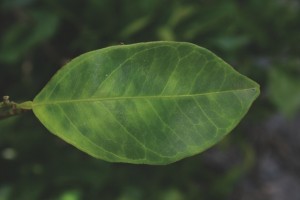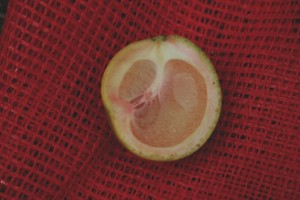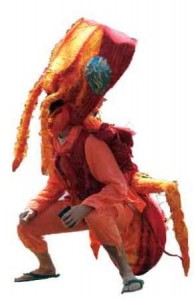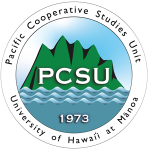Haʻikū communities are taking back their quiet nights from noisy, invasive coqui frogs, with tools and training from the Maui Invasive Species Committee (MISC). MISC is currently working with five Haʻikū neighborhoods –Haʻikū Hill, Haʻikū Mauka, Haʻikū Makai, Lower Kokomo and Akoa/Ala Olu/Makaio. The program is ready to assist and empower more Haʻikū residents in the fight against this invasive species to protect their way of life and health of our native ecosystems.
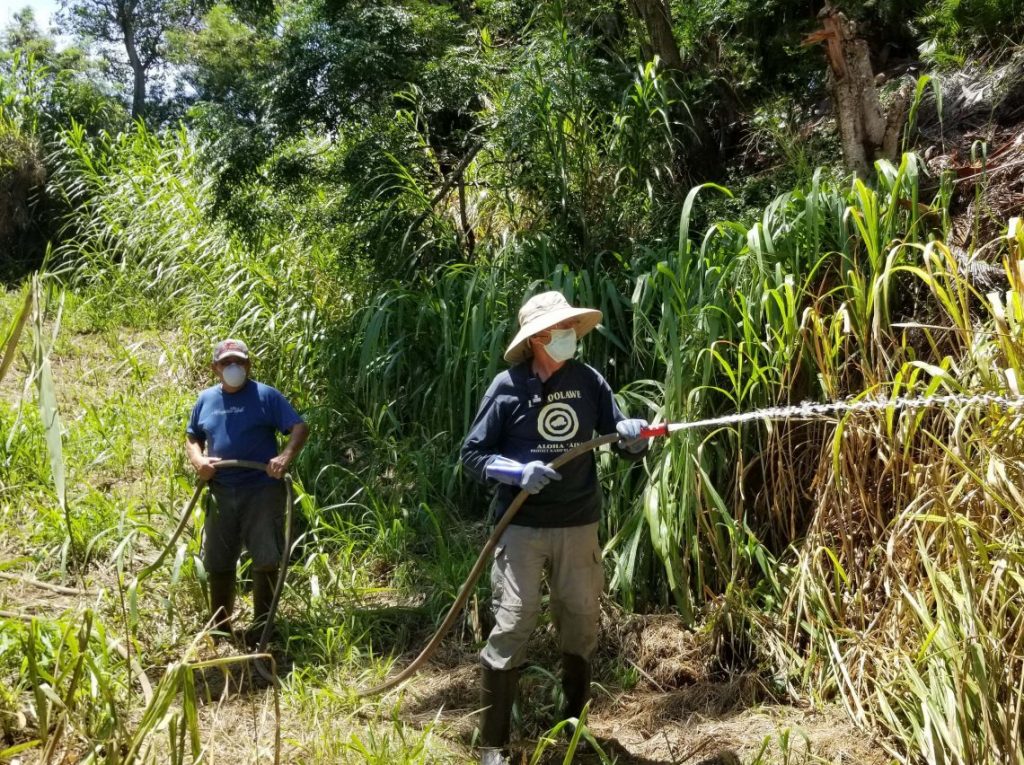
MISC recognized that in addition to strong support from the County of Maui and State of Hawai’i, containing and eradicating coqui in Haʻikū would require strong engagement at a neighborhood level. MISC launched the program to support and expand on existing community coqui control efforts by residents. MISC provides training, equipment, and citric acid solution (a food additive mixed with water). Community members provide boots on the ground – removing vegetation, hauling hoses, and dousing infested areas with citric acid solution. And it’s working. According to Haʻikū Hill team leader John Phelps, “Spraying each month has reduced the number of frogs on each property from hundreds to only a handful.” Neighbors working together can be more effective than independent control efforts, as coqui can quickly move into untreated areas or reinfest properties without a consistent effort. Participants report an additional benefit: the program is a good opportunity to get involved and meet their neighbors. MISC follows all social distancing and mask-wearing protocols whenever working in the community and all control work is conducted outdoors.
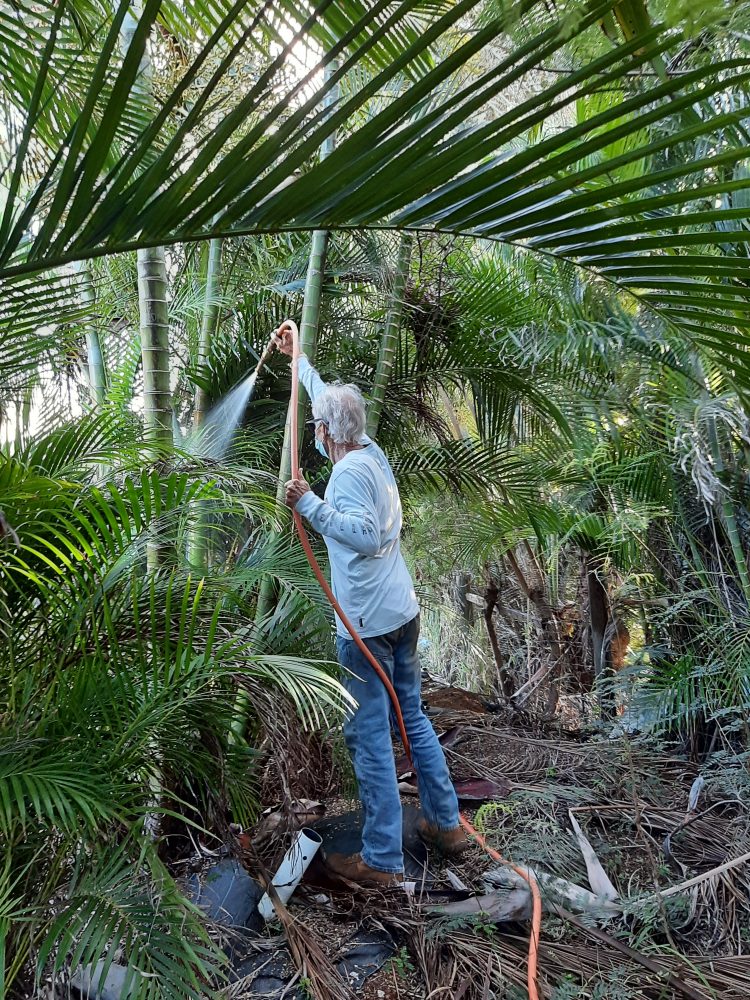
MISC provides different levels of support, depending on community need and participation. Individual residents can receive free powdered citric acid to control coqui on their property once MISC has confirmed that coqui are present. Residents can also borrow a 9-gallon walk-behind sprayer or a 100-gallon sprayer that fits in the back of a pickup truck. MISC provides training on how to effectively use the sprayers.
When three or more neighbors agree to work together across their properties, MISC provides a 100-gallon sprayer to participating residents every six weeks and helps residents with spray operations if needed. For larger groups of neighbors (at least nine committed households, plus a person who serves as a point of contact) MISC provides a reservoir of pre-mixed citric acid during the specified control week on a six week rotation. Participants report that having mixed citric acid in advance has been a “game changer” as it allows the team to focus directly on control activities. In two neighborhoods, the community groups proposed using a pipeline to effectively treat a larger area. MISC and the residents worked together to design and install the systems.
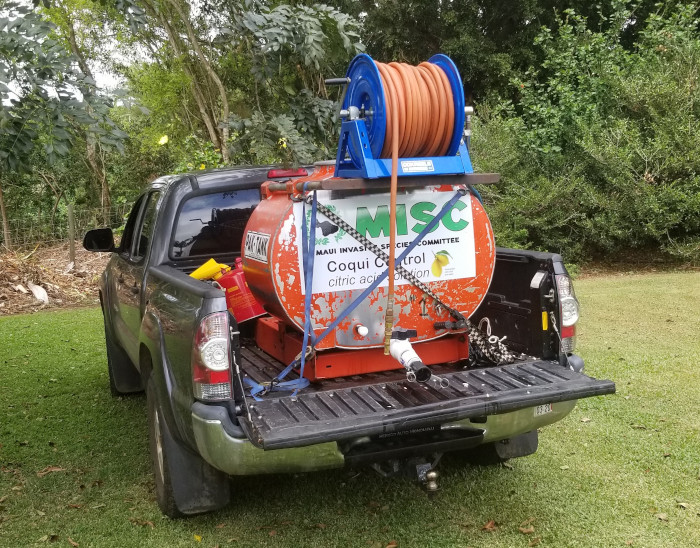
Over the years, MISC has been able to eradicate 21 coqui populations on the island. Abe Vandenberg, MISC Coqui Field Coordinator, says the key to those successes has been persistence and consistency. He emphasizes the importance of community efforts, noting record levels of participation last summer, “Local engagement is a huge help to the island-wide coqui control strategy. As more community members help remove coqui from their own backyards, they allow MISC staff to take on more challenging work in the gulches and other areas with difficult access. Working the process of small wins will lead us toward the biggest possible success – a coqui-free Maui.”
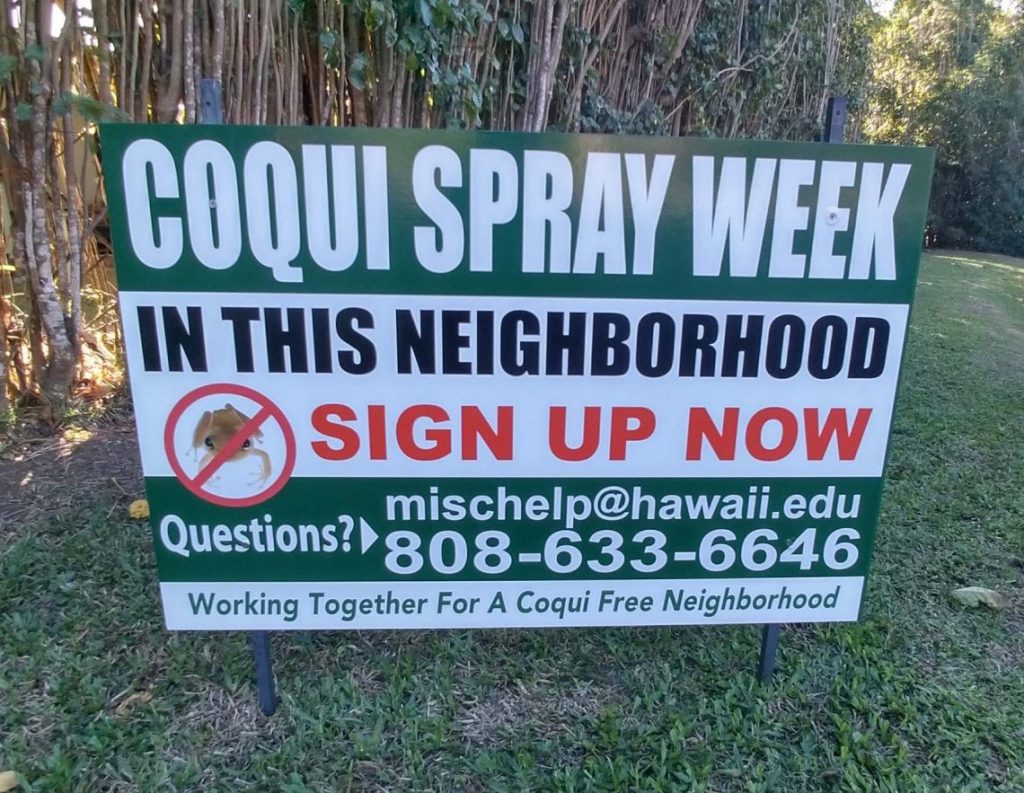
- For more information about the program, visit: https://mauiinvasive.org/community-coqui-control-program/
- To get involved, call MISC’s Community Coqui Control Coordinator Susan Frett at 808-633-6646 or email skfrett@hawaii.edu.
- To learn more about coqui, including environmental impacts, visit: https://mauiinvasive.org/coqui-frog/
- To submit a report, visit: https://bit.ly/Coqui-Maui-Public-Report-Form or call MISC at 808-573-6472.






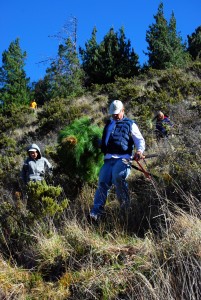
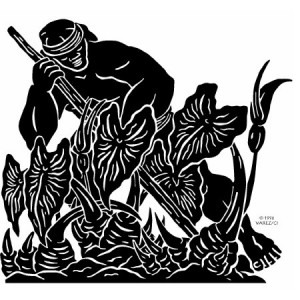
 In 2009, Waihee farmer Christina Chang was stung on the eye by a tiny ant at her home on Maui. She suspected, and the Hawaii Department of Agriculture confirmed, that this ant was the little fire ant, Wasmannia auropunctata, never before found on Maui. The detection spurred creation of a new documentary, Invasion: Little Fire Ants in Hawaii.
In 2009, Waihee farmer Christina Chang was stung on the eye by a tiny ant at her home on Maui. She suspected, and the Hawaii Department of Agriculture confirmed, that this ant was the little fire ant, Wasmannia auropunctata, never before found on Maui. The detection spurred creation of a new documentary, Invasion: Little Fire Ants in Hawaii.
 Workshop Dates:
Workshop Dates: